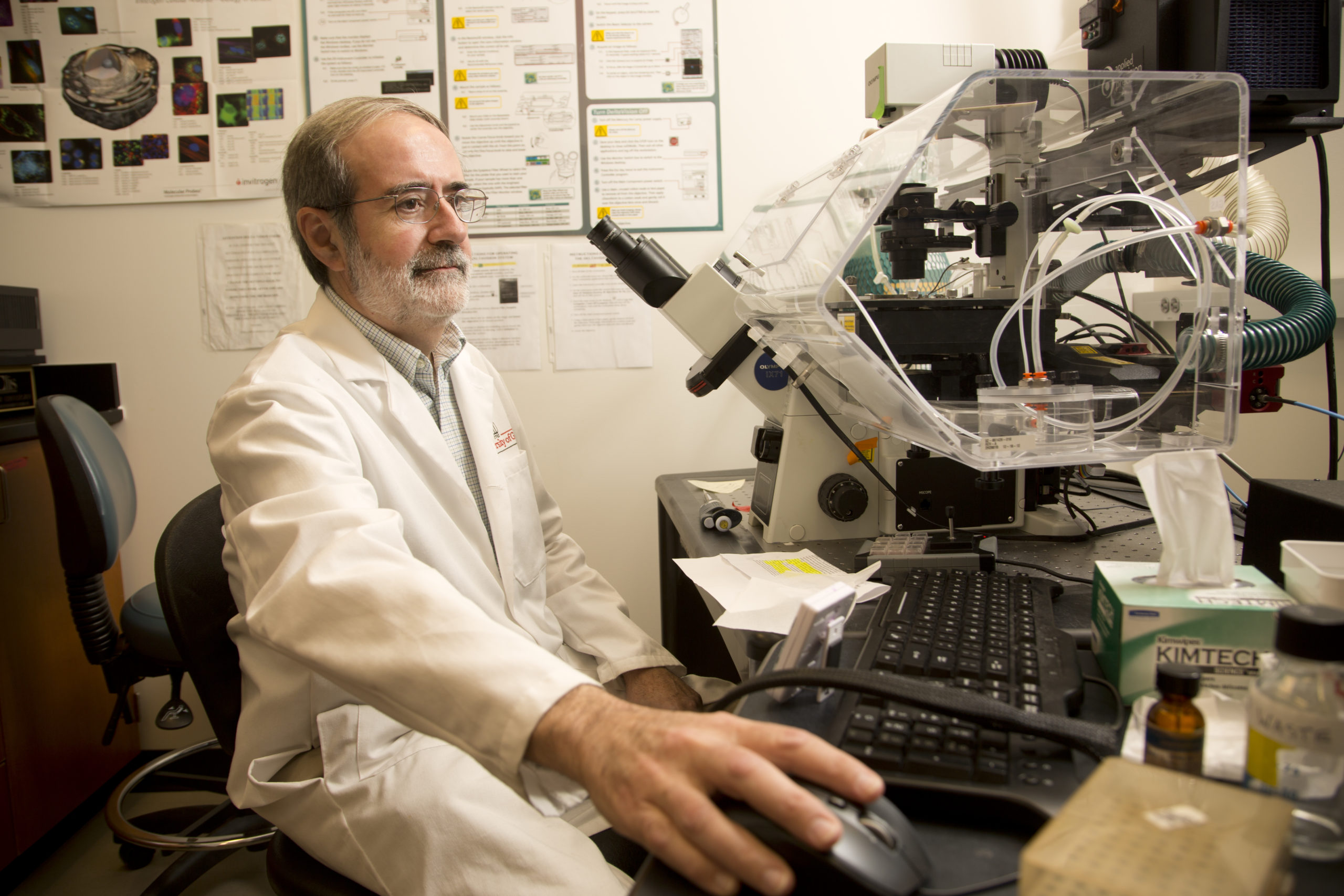Mitochondrial Ca2+ and Reactive Oxygen Species in Trypanosomatids

Significance: Millions of people are infected with trypanosomatids and new therapeutic approaches are needed. Trypanosomatids possess one mitochondrion per cell, and its study has led to discoveries of general biological interest. These mitochondria, as their animal counterparts, generate reactive oxygen species (ROS) and have enzymatic and non-enzymatic defenses against them. Mitochondrial calcium ion (Ca2+) overload leads to the generation of ROS and its study could lead to relevant information on the biology of trypanosomatids and to novel drug targets. Recent Advances: Mitochondrial Ca2+ is normally involved in maintaining the bioenergetics of trypanosomes but when Ca2+ overload occurs it is associated to cell death. Trypanosomes lack key players of the mechanism of cell death described in mammalian cells although mitochondrial Ca2+ overload results in collapse of their membrane potential, production of ROS, and cytochrome c release. They are also very resistant to mitochondrial permeability transition, and cell death after mitochondrial Ca2+ overload depends on the generation of ROS.
Critical issues: In this review, we consider the mechanisms of mitochondrial oxidant generation and removal, and the involvement of Ca2+ in trypanosome cell death.
Future directions: More studies are required to determine the reactions involved in the generation of ROS by the mitochondria of trypanosomatids, their enzymatic and non-enzymatic defenses against ROS, and the occurrence and composition of a mitochondrial permeability transition pore.
Roberto Docampo, Anibal Eugênio Vercesi. Antioxid Redox Signal. 2021 Jul 4. doi: 10.1089/ars.2021.0058.
